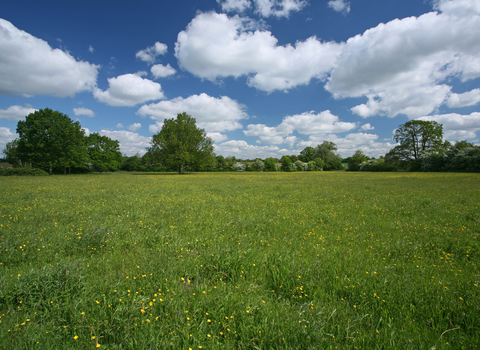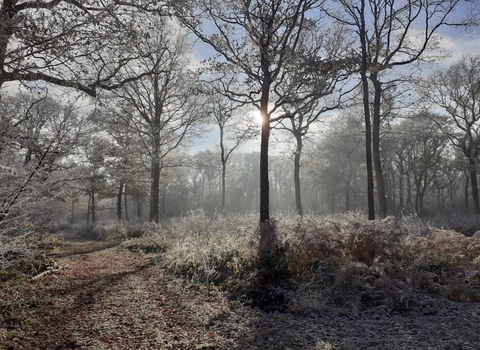By Steve Aylward
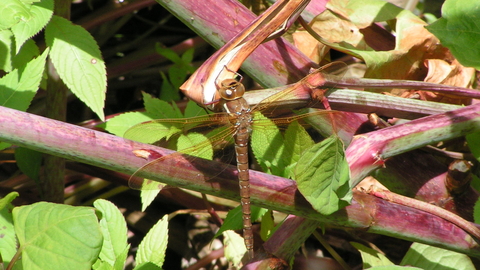
Brown hawker dragonfly - Richard Burkmar
By Steve Aylward
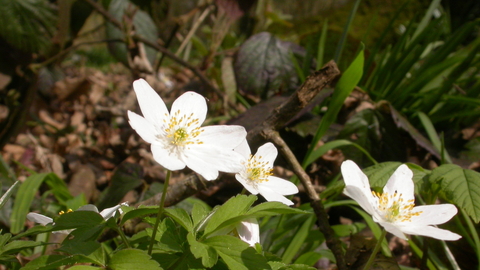
Wood anemone - Bruce Shortland
By Steve Aylward
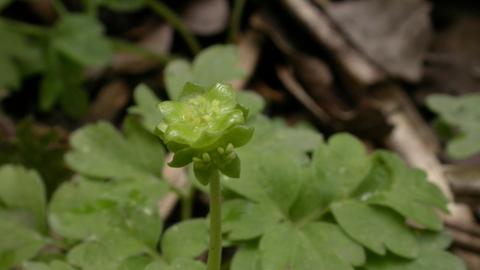
Moschatel - Philip Precey
By Steve Aylward
Combs Wood Nature Reserve
Know before you go
Dogs
When to visit
Opening times
Open at all timesBest time to visit
March to JulyAbout the reserve
Parking at Combs Cemetery, the woods can be reached by following the private road up to the top of the hill before taking the footpath across fields to the left of Holyoak Farm.
The wood’s ancient origins and centuries of coppicing are responsible for producing carpets of spectacular spring flowers, including displays of early-purple orchid, ransom and ragged robin. Other specialities include rare oxlips, which are limited to sites in East Anglia, and specialities such as wood anemone and moschatel. And, where nectar rich plants thrive in the sun dappled rides, so do many woodland butterfly, including orange tip, speckled wood, brown argus, small copper, and common blue. Moths recorded include mother shipton, straw dot, common carpet and swallow tailed moth, while dragon and damselflies are also a common sight in the wood.
Banded demoiselle, broad bodied chaser, brown hawker and southern hawker can all be seen zipping after midges during the summer. But it would be a mistake to think this wood is a place that should only be visited in the spring and summer months. Combs Wood has a formal ride system that take in impressive coppices of ash and hornbeam; all viewed through an atmospheric green lens caused by the wood’s almost constant leaf canopy. Visitors can walk the paths for as long as the mood takes, listening to birds and the creaking sigh of trees in the wind.
Habitat
Contact us
Environmental designation
Location map
What is coppicing, and why is it important?
In this short film, Alex Lack (Woodlands Warden at Suffolk Wildlife Trust) explains the long tradition of coppicing at Bradfield Woods and the vital role this ancient woodland management technique plays in creating wildlife-rich habitats.
The History and Importance of Coppicing (https://www.youtube.com/watch?v=y55_14LBWAM&t)
Featuring Alex Lack. Filmed and editted by John Collins.

